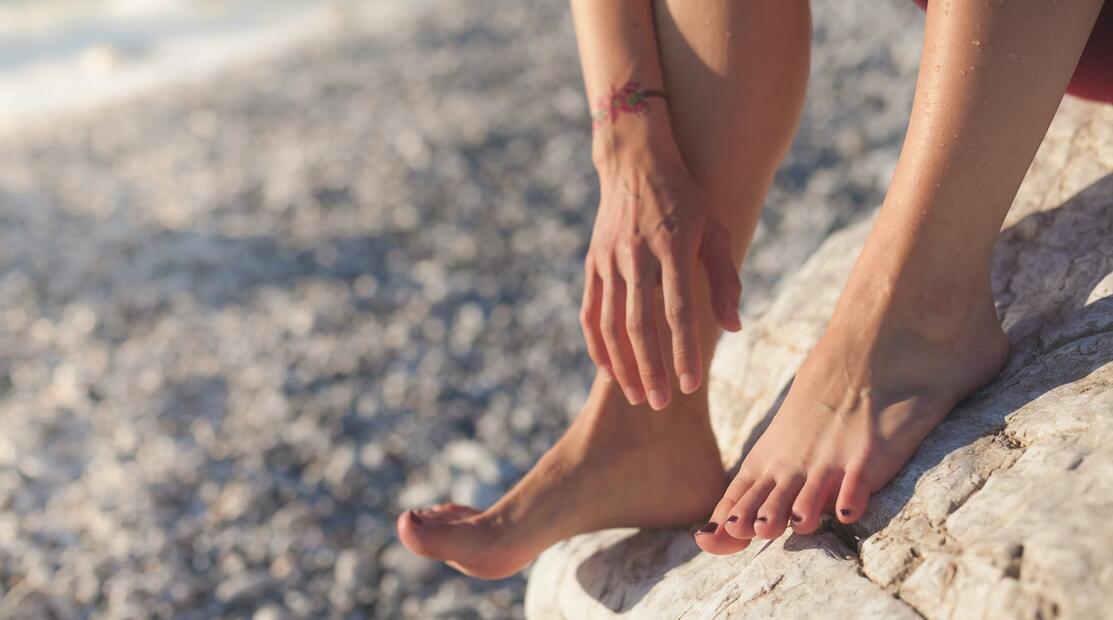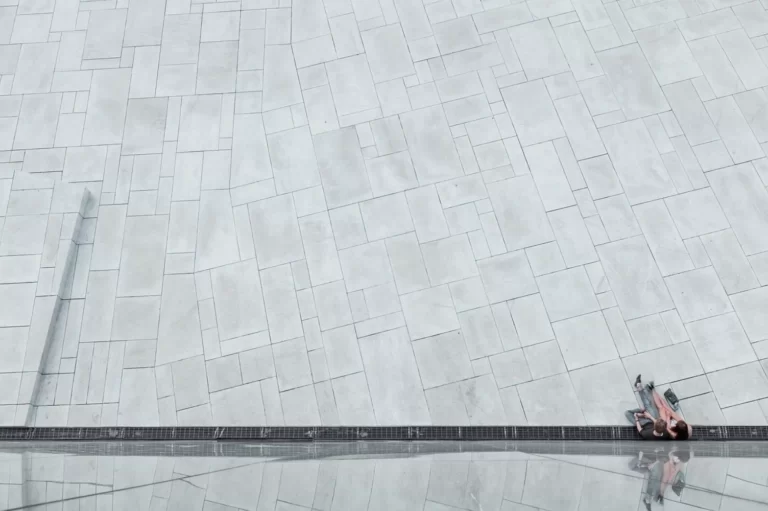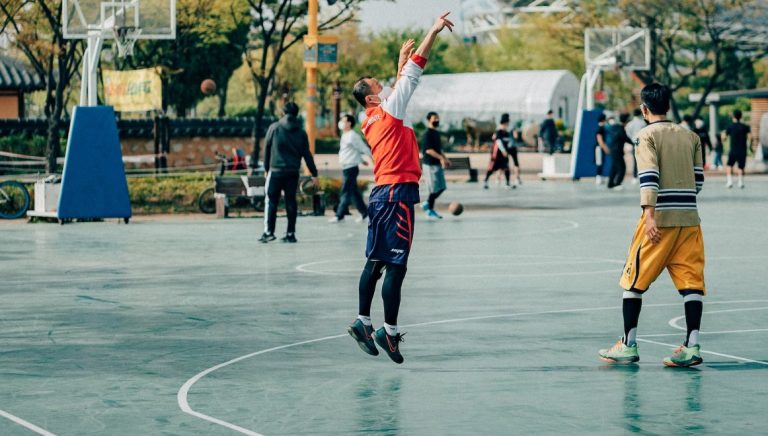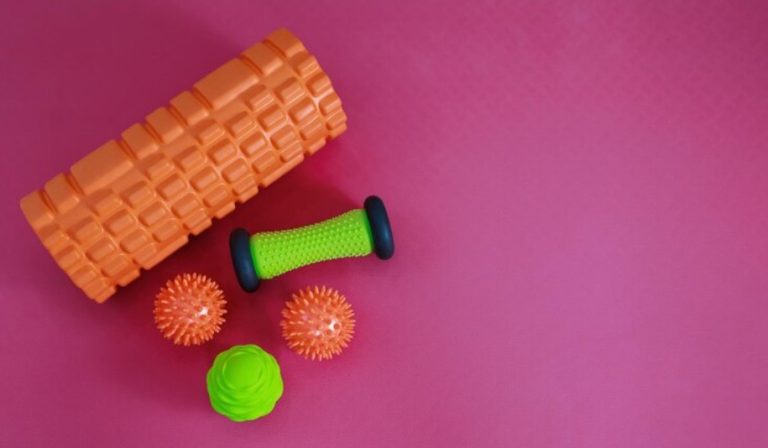How To Relieve Foot Arch Pain:Causes And Solutions
Foot pain is a common complaint among many people. In fact, up to 25% of the population will experience foot pain at some point in their lives.
There are several potential causes for arch pain in the foot, including strains and sprains, flat feet, bone spurs and more. Most cases of foot arch pain are treatable with rest and medication if necessary.
If you’re experiencing severe or worsening foot pain that’s preventing you from doing simple tasks such as walking or standing then it’s important to see your physician immediately so they can properly diagnose what’s causing your symptoms and recommend an appropriate treatment plan
Cause Reasons for foot arch pain
Strains and sprains
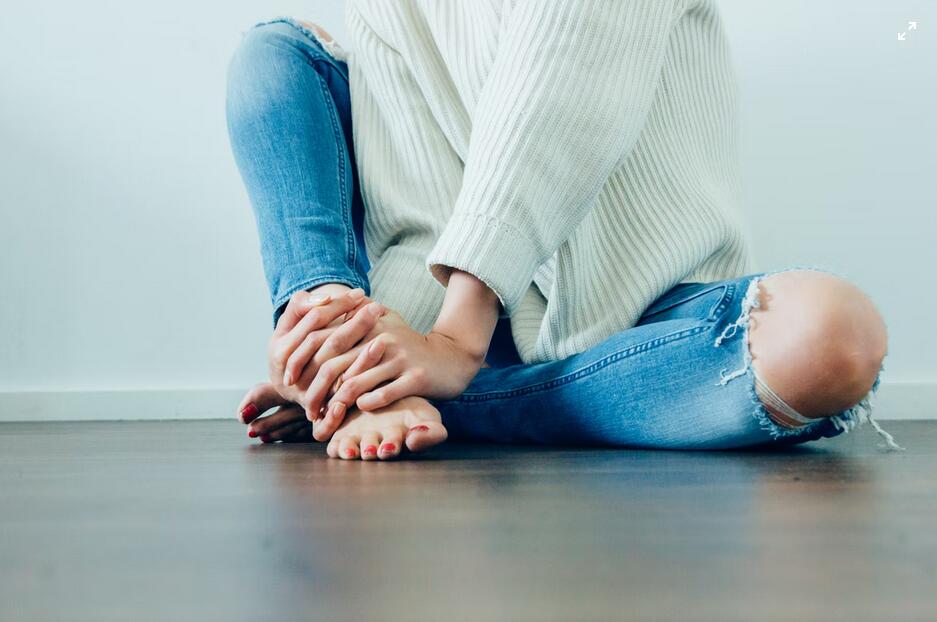
(Source)
Strains and sprains are common causes of foot arch pain. They can happen if the foot is over-stretched or under-stretched or twisted. A strain may occur when your foot is forced to work beyond its normal range of motion, such as when you step on a pointy rock while hiking. A sprain occurs when the ligaments that connect bones together are torn or stretched out of place, like when you twist your ankle skiing.
Bone spurs
Bone spurs are small, bony growths that form along the edges of bones. They can develop for a number of reasons, including age, repetitive stress injuries and genetic predisposition. Bone spurs in your feet may be caused by flat feet (fallen arches), which puts extra stress on your heel as you walk or run. If you have flat feet and you’re not used to wearing high heels—or if you like to do things like run marathons—your weight may put too much pressure on your heels over time and cause bone spurs to form there.
When bone spurs are present in the foot arch area or under the ball of the foot near the big toe joint (metatarsophalangeal joint), they can lead to pain when walking or standing up straight after sitting for long periods of time because they restrict normal motion between joints in this area of the body
Flat feet
Flat feet, also known as pes planus, is a common condition that can cause pain in your foot arch. A lack of support in the arch causes it to flatten out, which causes additional stress on the muscles and ligaments surrounding the joints of your foot. This can lead to pain in your heels and toes as well as pain in other areas of your body including:
- Knees
- Back
- Hips
- Ankles
Bone spurs
Bone spurs are a common cause of arch pain. They can be caused by injury or by overuse, and they can cause pain, inflammation and swelling. Bone spurs form as the body attempts to repair an area of stress on the foot that has been damaged during activity. The bones in this area begin to grow larger as an attempt at healing, but this process can cause further damage if it goes unchecked.
Arthritis
Arthritis is a common cause of foot arch pain and it can be caused by wear and tear on the joints. It usually affects people over the age of 40, but can occur at any age. Symptoms include pain, stiffness and swelling around the joints. Treatment includes anti-inflammatory medication and physiotherapy to help with mobility.
Achilles tendonitis
Achilles tendonitis is a common cause of foot arch pain that affects the insertions of your gastrocnemius and soleus muscles at the back of your ankle. The Achilles tendon connects these two muscles to your heel bone. When one end of the tendon becomes inflamed, it’s called tendinopathy or “jumper’s heel.”
Symptoms include:
- Pain on either side of your ankle, especially when you walk or run (though not always)
- Tenderness overlying the affected area
Posterior tibial tendonitis
Posterior tibial tendonitis is inflammation of the posterior tibial tendon, a structure that runs along the bottom of your foot and attaches to your big toe. The most common cause is overuse or trauma to this area. If you have flat feet and are involved in activities that require a lot of walking, such as long distance running or hiking, you’re at higher risk for developing posterior tibial tendonitis. You can also develop it if you wear poorly fitting shoes or stand too much on hard surfaces without proper support for your arches.
The symptoms include pain in the bottom of your foot as well as swelling and tenderness around the area where the Achilles tendon connects to the heel bone (calcaneus). Your doctor may notice redness around these tendons when he looks at them with an instrument called an ultrasound probe.
Tibialis posterior tendon dysfunction (TPTD)
Tibialis posterior tendon dysfunction (TPTD) is a condition where the tibialis posterior tendon becomes injured. This injury can be caused by many different things, including overuse, poor biomechanics, and trauma to the foot or ankle. The pain associated with TPTD may be mild or severe and can occur in any area of the foot. The most common symptom associated with this condition is pain at the bottom of your arch when walking on hard surfaces such as pavement or concrete floors.
If you have been diagnosed with TPTD, your doctor may recommend physical therapy to help improve mobility and reduce pain in your foot arches.
Plantar fasciitis

(Source)
Plantar fasciitis is a painful condition caused by inflammation of the plantar fascia, a thick band of tissue that runs across the bottom of the foot and connects the heel bone to the toes. The pain of plantar fasciitis can be mild or severe and usually gets worse with activity, such as walking on a hard surface or running. As a result, people with plantar fasciitis often feel pain when they get out of bed in the morning, after long periods of sitting or standing still (such as watching TV or driving), and when they get up after sleeping at night.
People who have flat feet (pes planus) are more likely to develop this condition because their arches are flattened over time due to repetitive weight bearing on their feet during activities like walking or jogging without proper arch support in their shoes. This causes excessive strain on your plantar fascia due to increased tension over time which eventually leads to inflammation in this area once it’s been stressed too much for too long.
Posterior tibial tendon dysfunction
Posterior tibial tendon dysfunction is a condition that affects the posterior tibial tendon. The posterior tibial tendon attaches to the bottom of your foot and works in conjunction with the muscles in your calf and ankle to move your foot up and down when you walk, run, or stand on uneven surfaces. Posterior tibial tendon dysfunction occurs when this tendon becomes inflamed (tendonitis). Pain may occur under the arch of your foot or behind it, as well as when walking or running uphill.
Injuries to the foot, ankle or lower legs
Injuries to the foot, ankle or lower legs can cause pain in the arch. An injury can be caused by a fall, or by repetitive stress on the feet.
Injuries can also be caused by a sudden impact to the foot, such as stepping on something sharp. Examples include stubbing your toe and getting stuck in a shoe that is too narrow for your foot (which can lead to corns). Injuries are also common among people who participate in sports like running or dancing. For example, painful blisters often develop when you have not broken in your new running shoes properly before beginning a training program; if this happens repeatedly without adequate recovery time between injuries then it may result in chronic arch pain from inflammation of tendons under the arch (plantar fasciitis).
How To Relieve Foot Arch Pain
we have many effective solutions for help relieve your arch foot pain.If you suffer from foot arch pain, you may be able to relieve the discomfort by doing a few simple exercises or treatments. Physical therapy is a very effective way to relieve pain and strengthen your arches and muscles in your feet.
Physical therapy is a very effective way to relieve pain.
Physical therapy, in short, is a form of treatment that can help you recover from injuries and conditions, maintain your mobility, and prevent further injury. It’s also an excellent way to treat foot arch pain.
Physical therapists use many different techniques to help patients relieve pain, including massage therapy and ice or heat therapy. They may also teach you exercises that will strengthen your feet and ankles.
It’s important to note that not all physical therapists are created equal: some have more training than others do in treating foot arch problems specifically or other foot issues generally speaking; there are even some who specialize solely in pediatrics! If possible make sure that whoever operates on your feet has experience working with them before making any decisions regarding surgery versus non-surgical treatments like this one—you do not want someone who doesn’t know what they’re doing messing up something as important as your mobility!
Warm up before exercise.
To help your feet and arches recover, it’s important to warm up before exercise. Try doing a light jog or pushups before exercising. This will increase blood flow to the area and help reduce pain.
Warm water also helps with foot pain because it improves circulation in the feet. You can do this by placing your feet in warm water for five minutes before you exercise or wear socks made of wool while you’re sleeping at night to keep your feet warm while they rest.
Wearing the right socks.
Foot pain can be caused by a number of factors, but one common cause is wearing the wrong socks. Make sure you are wearing the right socks for your feet, as this can help prevent foot arch pain and other issues. If you do not know what type of sock you should buy, there are several things to think about when shopping for new socks:
- Blister prevention: If you have sensitive skin or blister easily, look for thicker socks with higher cotton content (85%+). These will provide extra padding between your foot and shoe which helps to reduce friction beneath the sock where blisters can form. This also keeps your feet dryer and cooler; keep in mind that some materials will retain moisture better than others so choose accordingly based on what best suits your needs!
- Irritation protection: For those who experience irritation from rubbing against their shoes while walking around during their daily routines at work or other places where they spend time throughout each day (i.e., sports stadiums), choose materials like wool since these tend to be less irritating than synthetics such as nylon which may cause more friction due its smooth surface texture. Wool also offers natural anti-bacterial properties which makes it ideal for sweaty conditions where bacteria growth could occur easily otherwise!
Wear the right shoes.
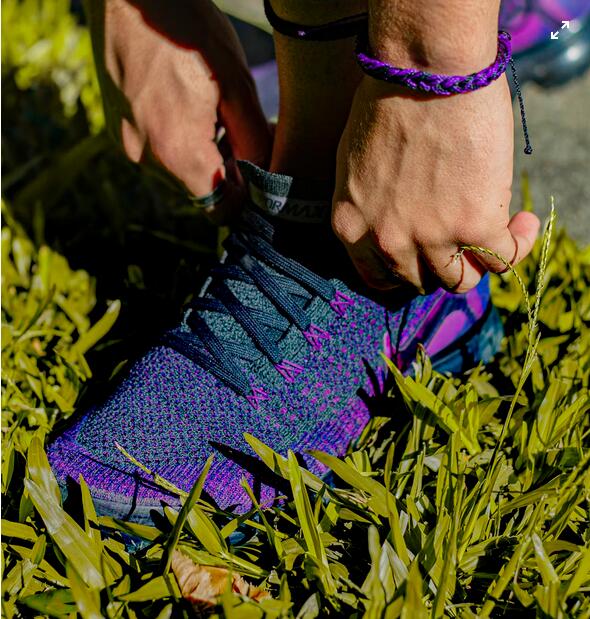
(Source)
The first step in reducing foot arch pain is to wear the right shoes. You’ll want to ensure that the shoes you wear are comfortable, fit your arch type and are appropriate for both your activities and feet.
You should also make sure that you have enough room in the toe area of your shoe so that there’s no extra pressure being placed on any part of your foot. If there is an issue with one or more of these areas, visit a podiatrist who can help correct it by prescribing custom orthotics or making adjustments to existing ones you may already have.
Practice foot exercises.
- Stretch your feet and legs regularly.
- Roll a ball under your arch.
- Massage your feet.
- Place a pillow under the foot when you go to bed at night, or keep it there all day long if possible. This helps to redistribute the weight of the body from one area to another, reducing discomfort in both feet at once!
- Eat low-fat yogurt for more comfortable feet: Studies have shown that daily supplements can reduce inflammation in arches by up with as much as 40%, making them less likely to be sore after walking long distances or standing on hard surfaces all day long! However this doesn’t mean that you should stop exercising altogether — just remember that balance is key here 🙂
Try arch supports
Arch supports are a great way to relieve pain and discomfort in your feet. They can be expensive, though. If you are looking for arch supports, try searching online or checking out some specialty stores. There are many different styles and sizes available, so it’s important that you find one that fits you properly. Arch supports come in many different materials including polyurethane foam and silicone gel inserts, among others.
Wrap and ice your foot after a run
Bonus: If you have time to spare, wrap your foot with an elastic bandage for an extra layer of support.
To ice your feet, fill a plastic bag or water bottle with crushed ice (or use a reusable ice pack), and then place both feet into the bag. If using a reusable ice pack, put it on top of your toes before filling it with crushed ice. Keep your feet there until they feel numb or tingly—this usually takes 30 minutes to an hour! Use this method after running and throughout the day if you’re experiencing arch pain.
You can also take acetaminophen (Tylenol), ibuprofen (Advil), or naproxen sodium (Aleve) to help alleviate pain and swelling in your arches if needed—always follow dosage instructions on the package labels. Be sure not to overdo it though—these medications can cause stomach issues when taken regularly so only take them when absolutely necessary!
Massaging your feet
Massaging your feet on a regular basis is an important part of relieving foot arch pain. You can use a tennis ball, a foot massager, a foot roller or even a foot spa to massage your arches with.
- A tennis ball is one of the most common tools used for self-massage. Place it under the arch of your foot and roll back and forth to apply pressure as you bend your knees slightly.
- A foam roller is another popular tool for self-massage because it has different densities that allow you to target specific areas of the body like the muscles in your feet. Just place on top of any hard surface (like carpeting) then press down into different areas until you find an area that feels tender or hurts when pressed against by rolling over it several times in each direction while bending at both knees so they move up towards their chest level instead keeping straight legs standing upright instead bending forward over them too much position which will cause knee injuries if done correctly without bending too far forward like leaning over onto hands when using this type device since there are no handles attached yet; just keep them bent loosely so they don’t collapse completely under any weight from using these techniques incorrectly!
Getting a professional massage
A professional massage can be a great way to relieve foot arch pain. During the massage, you’ll get an expert working out tension in your muscles and joints.
This can help prevent injuries, which means you don’t have to take time off from your workouts or other physical activities. A regular massage can also help you sleep better at night and feel less stressed throughout the day. Plus, getting a massage regularly helps you stay healthy by reducing stress levels that lead to illness and disease—which just so happens to be one of the main causes of foot pain!
Rolling a ball under your arch
If you want to continue the foot-stretching process, try rolling a ball under your arch. You can use a tennis ball, golf ball or lacrosse ball for this—whatever you prefer.
Rolling the ball along the arch of your foot (or both feet) for several minutes at a time will help to stretch out those tight muscles and ligaments. This is particularly helpful if you have plantar fasciitis that causes pain in the bottom of your foot or heel.
Stretch your calf muscles and arches.
You can stretch your calf muscles and arches by using a towel. Place the towel under your foot and then lift up on the towel to stretch out your arch. Stretch in different directions, such as back-and-forth or circular motions, for about 20 seconds each time.
Repeat this exercise twice a day for best results.
Stretch your feet and legs regularly
- Stretch your feet and legs regularly.
- Stretch your feet and legs before, during and after exercise.
- Stretching will help to increase circulation in the feet and can assist in relieving pain associated with tight muscles or poor posture, which may be contributing to your foot arch pain.
- It is important to stretch both sides of your body equally as this will help prevent injury or muscle imbalance problems later on down the track (a bit like a rubber band).
Place a pillow under your foot when you go to bed at night
- Place a pillow under your foot when you go to bed at night.
- This will help relieve the pain and keep it from getting worse during the day.
- Do this every night for at least 6 weeks to see results!
Eating lower-fat yogurt
Eating yogurt is a great way to help reduce inflammation in your feet. It is important to choose the right kind of yogurt, however. Look for one that has probiotics and active cultures, as this will help keep your gastrointestinal tract healthy. You should also try to choose a lower-fat version of yogurt and make sure it does not have any added sugar or high levels of sugar.
Medication
Medication is a last resort, not a cure. Just because your doctor prescribes medication doesn’t mean it will work for you. If you’re taking medication to manage your foot arches, be careful not to rely on it as the sole solution. Your body needs to be able to heal itself; if it can’t do that because the pain is so severe, then the painkillers won’t help either.
Medications can help with inflammation and swelling, but they’re not a cure for arch pain or any other type of foot disorder. If you have been prescribed an oral or topical medication by your doctor, make sure that you understand what kind of relief it offers before trying any new treatment options (such as acupuncture) on top of these prescriptions—some medications may interact with alternative treatments in ways that are harmful for your overall health!
Surgery
You should not consider surgery as a treatment option. Though it may provide temporary relief, plantar fasciitis surgery is not considered an appropriate remedy for the condition. The only time you might be considered for foot arch pain surgery is if you have severe pain in your feet that has not responded to conservative treatments and also if other medical conditions are present. This procedure does not fix the problem permanently and will require ongoing care after surgery.
Conclusion
I hope this article helped you understand how to relieve foot arch pain. Foot pain can be very debilitating, especially if it’s caused by an injury or a chronic condition like plantar fasciitis. But don’t worry! You don’t have to suffer in silence anymore—there are many treatments out there that can help make your feet feel better again.

